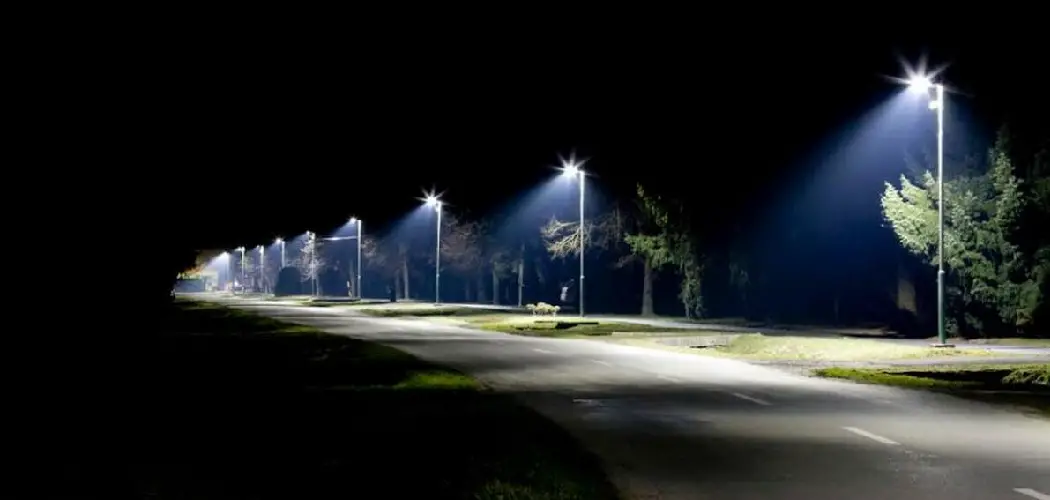Installing off-road lights is a great way to improve your vehicle’s visibility while driving on rough terrain or in low-light conditions. While there are many ways to wire off road lights, one of the easiest and most reliable methods is to use a relay.
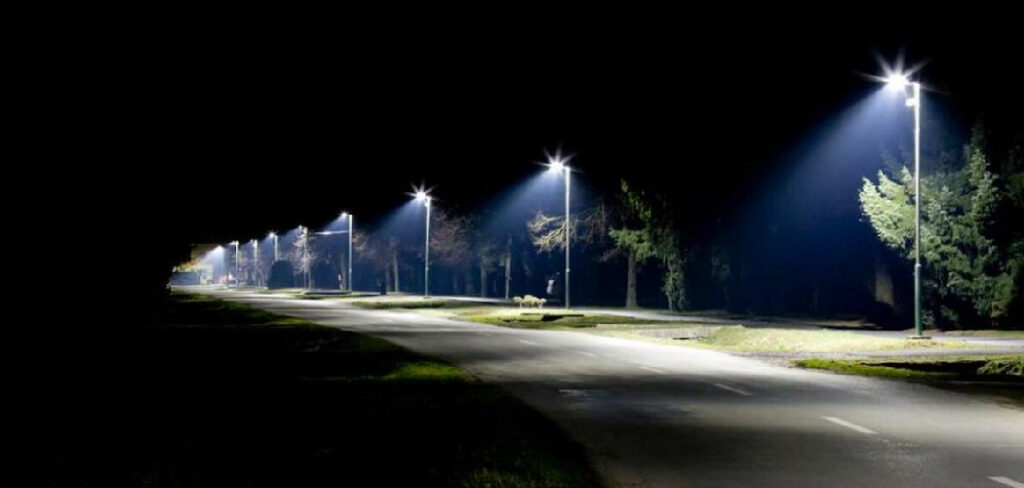
In this blog post, we will show you how to wire off road lights without relay using a few simple steps. Keep reading for more information! Many vehicles come factory-equipped with off-road lights, but if your vehicle doesn’t have them or wants to add more light power, you can easily wire off-road lights without a relay. Again, read on for more information.
Summary: If you’re looking to wire off-road lights without a relay, there are a few different methods you can use. The first is to use a switch to toggle the light on and off. This method is simple, but it can be tough to keep track of which switch is turning the light on and off. Another option is to use a relay to control the light.
What Are the Purpose of Relay?
A relay is a device that allows a small switch to control a high-power circuit. This is especially useful in automotive applications where you might want to use a small switch to control headlights, fog lights, or other accessories that require more power than the switch.
If you want to wire off-road lights without using a relay, you’ll need to use a switch that can handle the amount of electricity that the lights need. Most off-road lights use more electricity than factory headlights, so it’s important to use a switch that’s rated for the right amount of electricity.
Can You Wire Off Road Lights Without Relay?
You can wire off-road lights without a relay by connecting the positive terminal of the light to the positive terminal of the battery and the negative terminal of the light to the negative terminal of the battery. The light will turn on and off according to the position of the switch.
First, check that the combined amperage of the lights is lower than the amperage rating of the switch. If it’s not, the switch could overheat and break. Second, make sure the wire size is appropriate for the amperage of the lights. If it’s too small, the wires could overheat and cause a fire. Use crimp connectors to join the wires, not just twisting them together.
Step by Step Guide: How to Wire Off Road Lights Without Relay
Step 1: Choose a Mounting Location.
When choosing a mounting location for your off-road lights, remember that you will need to run wires from the lights to the battery. Therefore, choosing a location that will allow you to route the wires safely and securely is important.
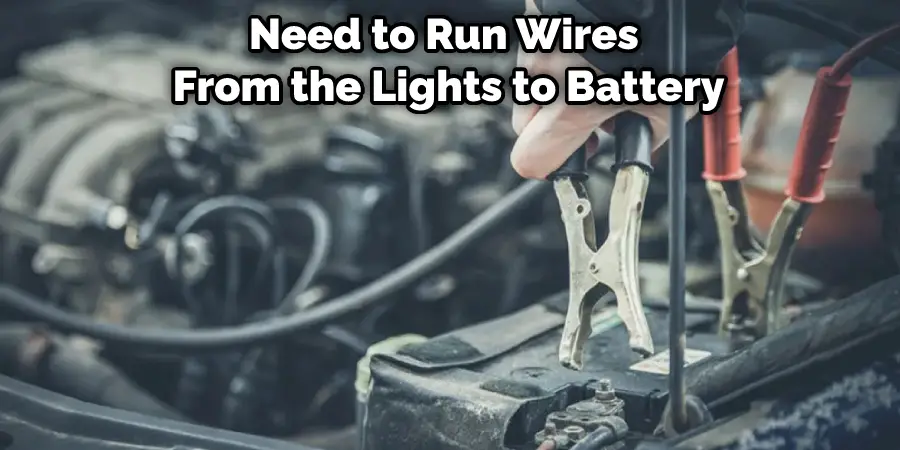
Step 2: Mark the Locations.
Once you have chosen the location for your off-road lights, use a marker or pencil to mark the location of the holes that will need to be drilled. It will help you to avoid any potential mistakes. If you think the locations may be difficult to see, you can also use tape to mark the location of the holes. Once you have marked the locations of the holes, use a drill to make the holes. Once the holes are made, insert the bolts into the holes and secure them with nuts. It is important that you make sure the bolts are completely tight before proceeding to the next step.
Step 3: Drill the Holes.
Using a drill, create the holes that were marked in Step two. Be sure to use a bit that is the same size or slightly smaller than the screws used to mount the lights. This will ensure a tight fit and help to prevent the lights from moving. Be careful when drilling not to damage any surrounding surfaces.
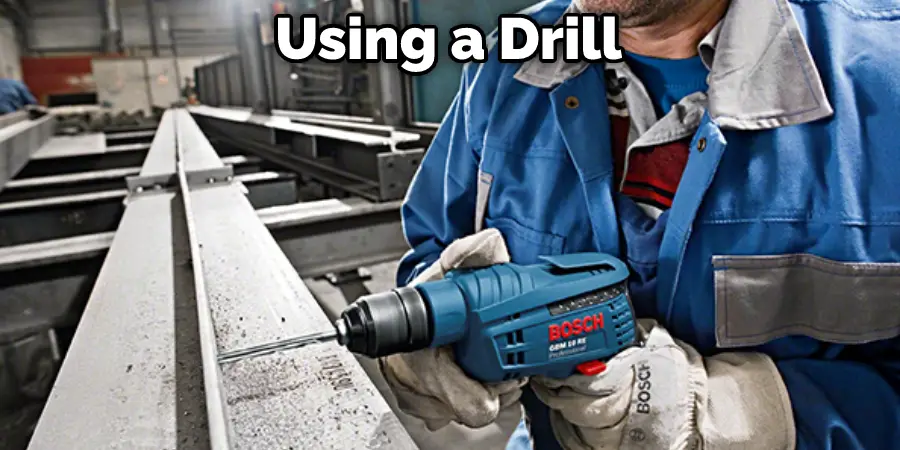
Step 4: Mount the Screws.
Now it is time to mount the screws that will hold your off-road lights in place. Use a thread locker on the screws to prevent them from coming loose. It will also help to use a washer under the head of the screw. This will provide additional support and stability.
Step 5: Attach the Wires.
Using wires rated for outdoor use, connect each light’s positive wire to the battery’s positive terminal. Then, connect each light’s negative wire to the battery’s negative terminal. Ensure all connections are secure and free of debris or damage.
Step 6: Installing the Lights.
Now it is time to install the lights. Begin by attaching the positive wire of each light to the positive screw. Then, attach the negative wire of each light to the negative screw. Make sure that all connections are tight and free of any damage.
Step 7: Wrap the Wire With Lights.
Wrap the wires running from the lights to the battery using wire loom or electrical tape. This will help to protect the wires and keep them organized. When wrapping the wire, leave enough slack so the lights can be moved if necessary.
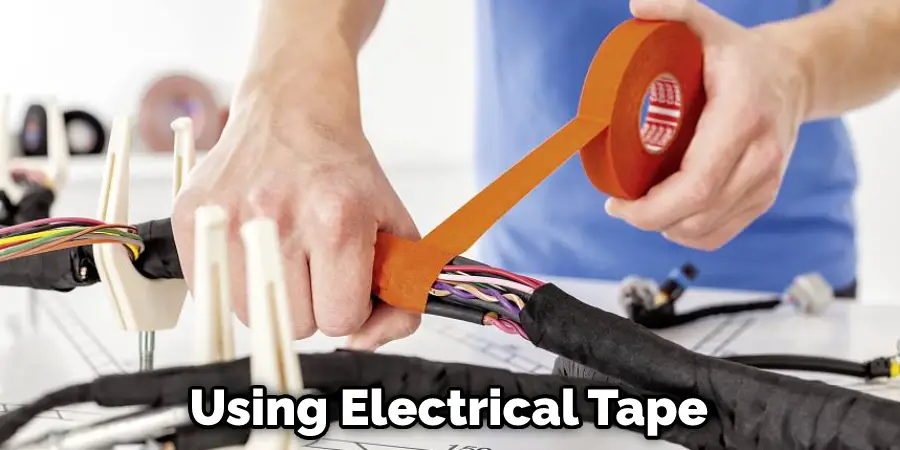
Step 8: Test the Lights.
Now it is time to test the lights. First, turn on the switches that will control the off-road lights. Once the lights are on, verify that they are working properly. If they are not, check all of the connections to ensure that they are secure.
Few Things to Consider When Wiring Off Road Lights Without Relay
1. Measure the Power Wattage:
Check the maximum power rating of your lights before wiring them without a relay. This is important as you don’t want to overload your electrical system. Most off-road lights are between 30 and 50 watts.
2. Find a Good Ground Location:
A good ground location is essential for getting the most out of your lights. If possible, find a spot on the frame of your vehicle that is metal and clean. This will ensure that your lights have a good ground connection.
3. Use the Correct Gauge Wire:
Another important factor to consider is the gauge of wire you’ll need to use. Be sure to use a wire gauge that’s thick enough to handle the overall current draw of all the lights you’re planning to use. If you’re unsure what gauge wire to use, consult a professional automotive electrician.
4. Check the Amperage Rating of the Switch:
If you’re planning to wire your lights without a relay, you’ll need to use a switch that can handle the amperage. Most standard switches are rated for up to 20 amps, which should be more than enough for most off-road lights.
5. Use Heat Shrink Tubing or Electrical Tape:
Be sure to use heat shrink tubing or electrical tape on all connections and wire splices to prevent any short circuits. Also, ensure that all connections are tight and secure before putting the heat shrink tubing or electrical tape in place. If you don’t have heat shrink tubing, you can use electrical tape, but it’s not as effective.

6. Make Sure Your Engine is Cool:
When wiring off road lights without a relay, it’s important to ensure your engine is cool. This is because you’ll be working with the electrical system and you don’t want to risk getting shocked. Also, when using electrical tape, be sure not to wrap it too tightly around any wires, as this could cause a short circuit.
7. Consider the Length of the Wire Run:
The length of the wire run will also play a role in what size wire you’ll need to use for your installation. If you have a long wire run, you’ll need to use a thicker gauge wire to prevent voltage drop. Voltage drop is when the voltage at the end of the wire run is lower than the voltage at the beginning. This can cause your lights to dim or flicker and is something you’ll want to avoid.
What Wire Should You Use for Off-road Lights?
When wiring off-road lights without a relay, you’ll need to use a wire to handle the overall current draw of all the lights. Most off-road lights are between 30 and 50 watts, so you’ll need to use a wire gauge thick enough to handle that current. If you’re unsure what gauge wire to use, you can check the amperage rating on the fuse used for the off-road lights.
The wire gauge will be different depending on whether you’re using LED or incandescent lights. You’ll need to use a lower gauge wire for LED lights because they don’t draw as much current as incandescent lights.
Frequently Asked Questions
Can You Wire a Light Bar Without a Relay?
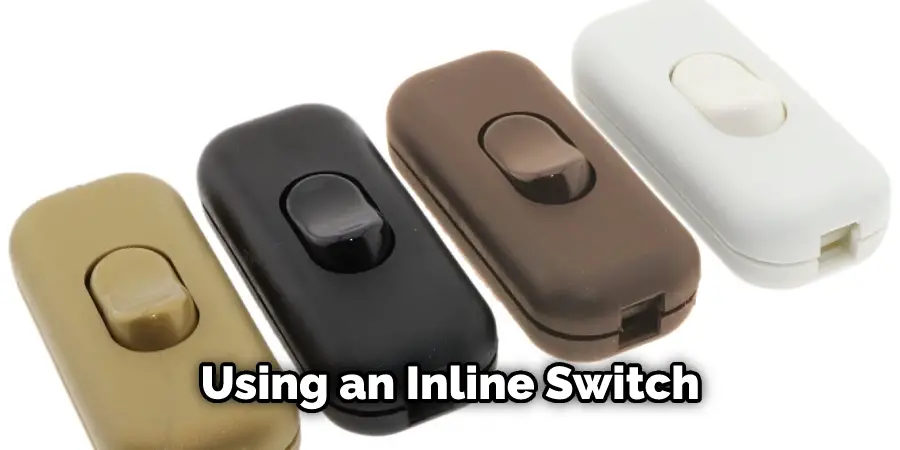
There are a few different ways to wire a light bar without a relay, but the simplest and most common way is by using an inline switch. Inline switches are usually found near the light fixtures themselves, and they allow you to turn on/off individual lights without having to go through the entire lighting fixture. This is helpful if you want to install new lights or replace lost or damaged ones remotely.
Another way to wire a light bar without a relay is by using circuit breakers. Circuit breakers have many uses in both residential and commercial settings, but one of their main functions is wiring together multiple circuits. This means that you can easily connect multiple outlets (or lamps) together without needing any extra hardware – just attach the appropriate breaker!
Can You Wire Up Spotlights Without a Relay?
Yes, you can wire up spotlights without a relay. However, if you are doing this yourself it is important to be aware of the safety hazards that may exist. For example, if your electrical cable touches any object while it’s being wired up, there could be an electric shock hazard. Additionally, make sure that the wires are tightly wrapped around the connector and not exposed so they don’t create a dangerous pathway for a potential fire.
Do I Need a Relay?
Generally speaking, a relay is a piece of equipment that is used to help you transmit voice or data over a longer distance. The reason you might need one is if you have a tough time reaching a particular spot or if the conditions are just not right for making a call or sending a data packet.
Here are some of the most common uses for relays:
1. Relays are often used when making phone calls. By using a relay, you can extend the range of your phone call, allowing you to talk to people who are far away without having to spend excessive amounts of time on the phone.
2. Relays are also used when sending data packets. By using a relay, you can send your packets over long distances without having to worry about them getting lost or damaged along the way. This can be incredibly helpful in situations where there is interference or poor signal conditions.
3. Relays can also be used in emergency situations. For example, if there is an earthquake happening and your phone battery is running low, using a relay can help you make calls and send data without having to worry about losing any information or contact with friends and family.
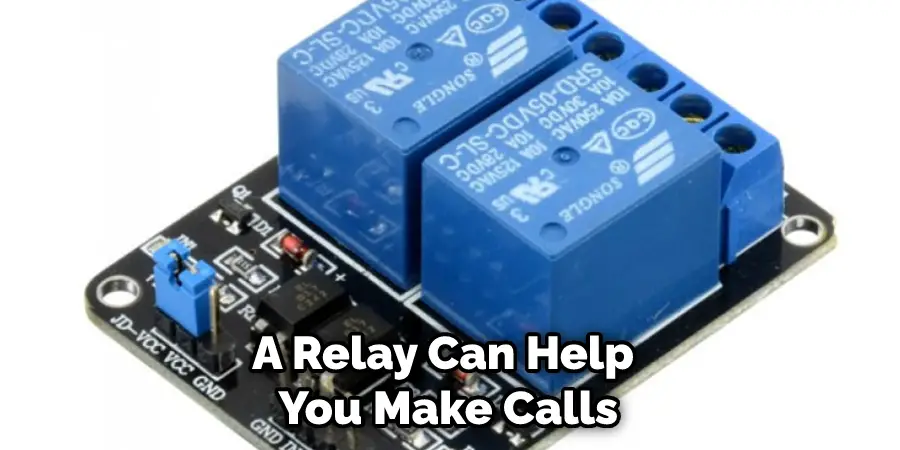
Hopefully, this provides you with some insight into the usefulness of relays and helps you decide if one might be necessary for your specific needs. If you have any other questions about relays, don’t hesitate to contact us! We would be happy to help out!
What Can Be Used as a Switching Relay?
A switching relay is a device that switches an electric current between two circuits. It can be used to connect two parts of an electrical system or control the flow of electricity in a circuit.
Types of Switching Relays:
1) Transformer-based switching relay: This type of switch uses transformers to convert energy from one voltage level to another. They are often employed when there is a need for high-voltage input and low-voltage output, or when it’s necessary to alternate the direction of current flow.
2) Receptacle strip switching relay: This type of switch utilizes strips made up out multiple receptacles that are connected by pairs.
Conclusion
Wiring off road lights without a relay can be done, but it is not recommended. However, if you do it yourself, there are some important things to keep in mind. By following the steps we’ve outlined in this article, you should be able to get your new lights up and running in no time.
We hope this article on how to wire off road lights without relay has helped you understand the process and given you the information you need to make an informed decision about whether or not wiring your lights without a relay is right for you. If you have any questions, feel free to reach out to us and we’ll be happy to help.
